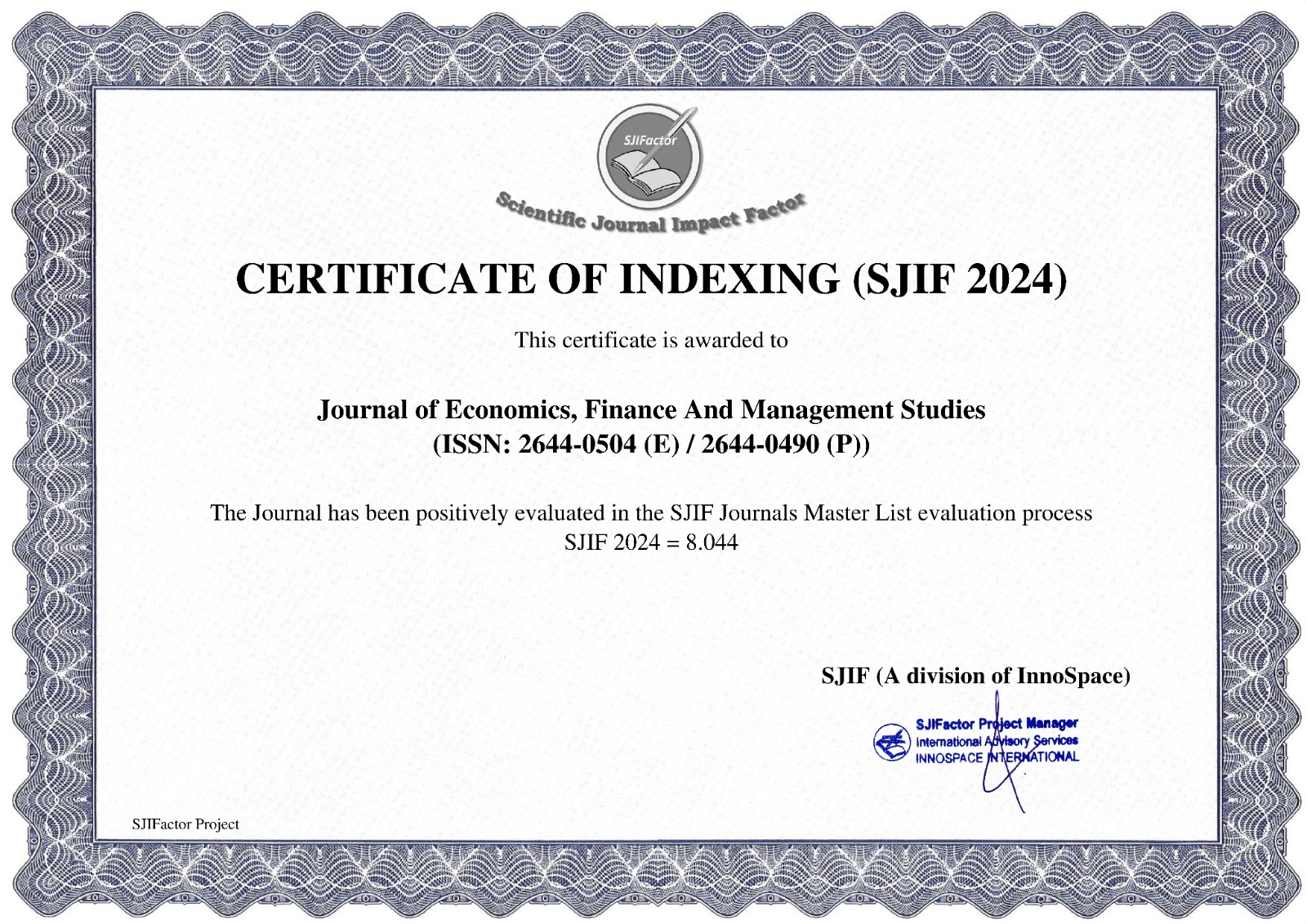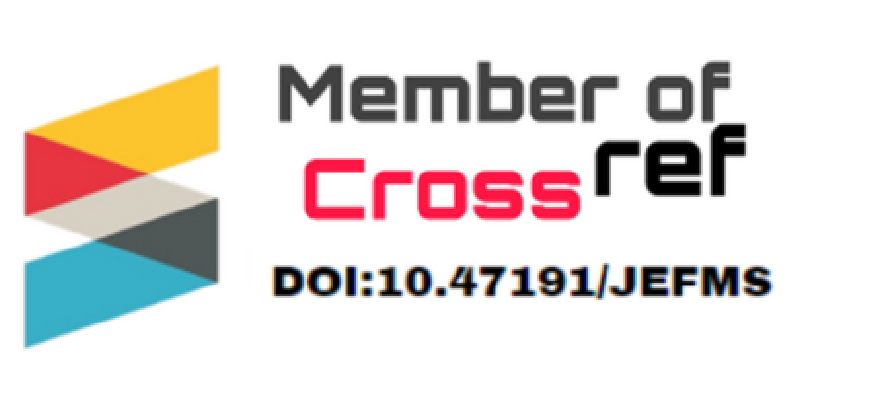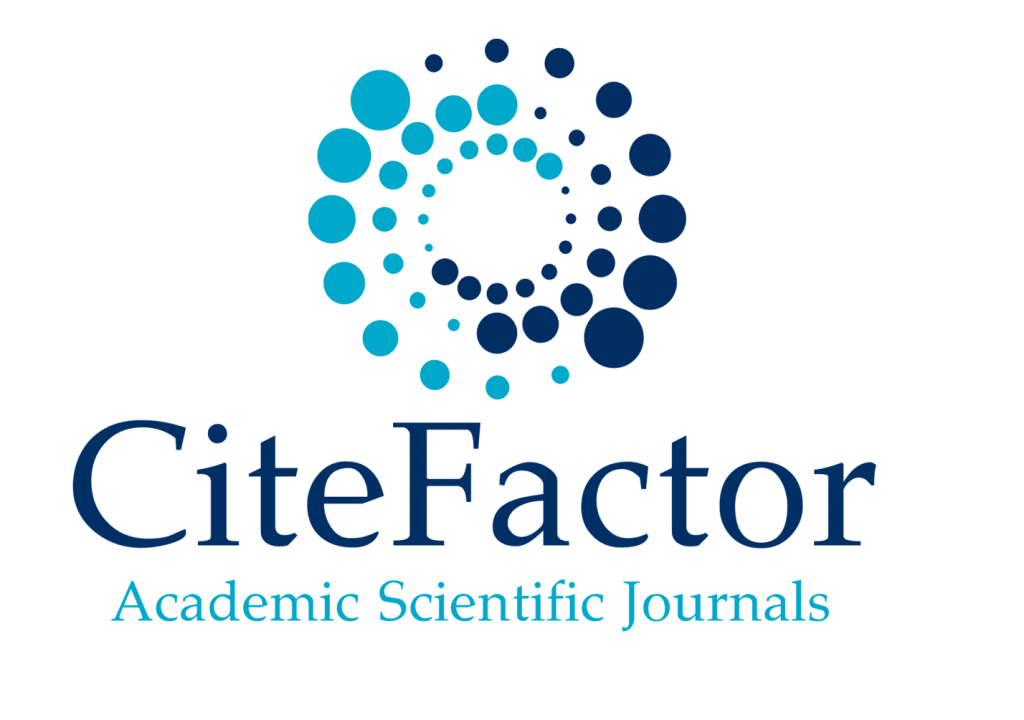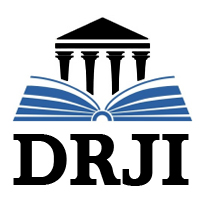Innovative Approaches to Prevent and Detect Medical Insurance Fraud: A Systematic Literature Review
1Chandra Zuli Tanjung, 2Anis Charir
1,2Faculty of Economics and Business, Diponegoro University, Indonesia
https://doi.org/10.47191/jefms/v8-i3-47ABSTRACT:
Health insurance fraud is a significant issue that profoundly impacts the global healthcare sector, resulting in substantial financial losses. To address this problem, previous researchers have developed various methods and techniques to detect and prevent fraud in the realm of health insurance. This study presents a systematic literature review that analyzes 21 research articles focusing on innovative methods for preventing health insurance fraud. The primary objective of this research is to gain a comprehensive overview of the methods and approaches employed to detect and prevent fraudulent claims and activities in the field of health insurance. The study utilized a systematic search and screening method to analyze relevant articles. The selected research articles demonstrated various prevention efforts, including data analytics, machine learning, empowerment initiatives, and more. Each study was analyzed for its objectives, methodology, data, innovation success, and research findings. The results of the systematic review reveal numerous approaches and techniques used to prevent and detect health insurance fraud. In this context, machine learning and data analytics-based innovations have shown promising results in detecting fraudulent activities. Conversely, for prevention, blockchain technology can be implemented to enhance security systems. The research also highlights weaknesses and challenges in previous studies. The findings from this research can aid in the development of more effective fraud detection and prevention systems, contributing to a reduction in fraud rates and losses in the health insurance sector.
KEYWORDS:
medical insurance fraud, systematic literature review, detection, prevention
REFERENCES:
1) Abdullahi, R., & Mansor, N. (2018). Fraud prevention initiatives in the Nigerian public sector: understanding the relationship of fraud incidences and the elements of fraud triangle theory. Journal of Financial Crime, 25(2), 527-544.
2) Al-Quayed, F., Humayun, M., & Tahir, S. (2023, August). Towards a Secure Technology-Driven Architecture for Smart Health Insurance Systems: An Empirical Study. In Healthcare (Vol. 11, No. 16, p. 2257). MDPI.
3) Amponsah, A. A., Adekoya, A. F., & Weyori, B. A. (2022). A novel fraud detection and prevention method for healthcare claim processing using machine learning and blockchain technology. Decision Analytics Journal, 4, 100122.
4) Arockiam, J. M., & Pushpanathan, A. C. S. (2023). Map Reduce-iterative support vector machine classifier: novel fraud detection systems in healthcare insurance industry. International Journal of Electrical and Computer Engineering (IJECE), 13(1), 756.
5) Asia Advisers Network. (2021). Asia Pacific has the highest percentage of medical claims fraud. https://www.asiaadvisersnetwork.com/Article?aid=75552.
6) Association of Certified Fraud Examiners. (2024). Occupational fraud 2024: A report to the nations. Association of Certified Fraud Examiners. https://www.acfe.com.
7) Baesens, B., Höppner, S., & Verdonck, T. (2021). Data engineering for fraud detection. Decision Support Systems, 150, 113492.
8) Business Benefits Group (2019). Healthcare vs. Health Insurance: The differences. Business Benefits Group. https://www.bbgbroker.com/healthcare-vs-health-insurance/
9) Chiruvella, V., & Guddati, A. K. (2021). Ethical issues in patient data ownership. Interactive Journal of Medical Research, 10(2), e22269.
10) Clemente, S., McGrady, R., Repass, R., Paul III, D. P., & Coustasse, A. (2018). Medicare and the affordable care act: fraud control efforts and results. International Journal of Healthcare Management, 11(4), 356-362.
11) Dewey, A. & Drahota, A. (2016) Introduction to systematic reviews: online learning module Cochrane Training https://training.cochrane.org/interactivelearning/module-1-introduction-conducting-systematic-reviews
12) Drew, J. M., & Farrell, L. (2018). Online victimization risk and self-protective strategies: Developing police-led cyber fraud prevention programs. Police Practice and Research, 19(6), 537-549.
13) Dyck, A., Morse, A., & Zingales, L. (2010). “Who blows the whistle on corporate fraud?” The journal of finance, 65(6), 2213-2253.
14) Ekin, T., Frigau, L., & Conversano, C. (2021). Health care fraud classifiers in practice. Applied stochastic models in business and industry, 37(6), 1182-1199.
15) Gao, Y., Sun, C., Li, R., Li, Q., Cui, L., & Gong, B. (2018). An efficient fraud identification method combining manifold learning and outliers-detection in mobile healthcare services. IEEE Access, 6, 60059-60068.
16) Gong, J., Zhang, H., & Du, W. (2020). Research on integrated learning fraud detection method based on combination classifier fusion (THBagging): A case study on the foundational medical insurance dataset. Electronics, 9(6), 894.
17) Gostin, L. O., Levit, L. A., & Nass, S. J. (Eds.). (2009). Beyond the HIPAA privacy rule: enhancing privacy, improving health through research.
18) Haque, M. E., & Tozal, M. E. (2023). Identification of Fraudulent Healthcare Claims Using Fuzzy Bipartite Knowledge Graphs. IEEE Transactions on Services Computing.
19) Haruddin, H., Purwana, D., & Anwar, C. (2021). Phenomenon of causal fraud health insurance in hospitals: Theory of gear fraud. Asia Pacific Journal of Health Management, 16(4), 177-185.
20) Herland, M., Bauder, R. A., & Khoshgoftaar, T. M. (2019). The effects of class rarity on the evaluation of supervised healthcare fraud detection models. Journal of Big Data, 6, 1-33.
21) Huang, X., Lin, J., & Demner-Fushman, D. (2006). Evaluation of PICO as a knowledge representation for clinical questions. AMIA Annual Symposium Proceedings, 2006, 359–363.
22) Johnson, J. M., & Khoshgoftaar, T. M. (2023). Data-Centric AI for Healthcare Fraud Detection. SN Computer Science, 4(4), 389.
23) Kapadiya, K., Patel, U., Gupta, R., Alshehri, M. D., Tanwar, S., Sharma, G., & Bokoro, P. N. (2022). Blockchain and AI-Empowered Healthcare Insurance Fraud Detection: An Analysis, Architecture, and Future Prospects. IEEE Access, 10, 79606-79627.
24) Kelly, S. (1991). Impact of fraudulent claims on health care costs. Statistical Bulletin (Metropolitan Life Insurance Company: 1984), 72(4), 13-19. FBI (n.d). Healthcare Fraud. Federal Bureau of Investigation. https://www.fbi.gov/investigate/white-collar-crime/health-care-fraud
25) Krot, K., & Rudawska, I. (2021). How Public trust in health care can shape patient overconsumption in health systems? The missing links. International Journal of Environmental Research and Public Health, 18(8), 3860. https://doi.org/10.3390%2Fijerph18083860.
26) Massi, M. C., Ieva, F., & Lettieri, E. (2020). Data mining application to healthcare fraud detection: a two-step unsupervised clustering method for outlier detection with administrative databases. BMC medical informatics and decision making, 20, 1-11.
27) Matloob, I., Khan, S. A., & Rahman, H. U. (2020). Sequence mining and prediction-based healthcare fraud detection methodology. IEEE Access, 8, 143256-143273.
28) Methley, A. M., Campbell, S., Chew-Graham, C., McNally, R., & Cheraghi-Sohi, S. (2014). PICO, PICOS and SPIDER: a comparison study of specificity and sensitivity in three search tools for qualitative systematic reviews. BMC health services research, 14(1), 1-10.
29) National Academies of Sciences, Engineering, and Medicine. (2018). The critical health impacts of corruption. In crossing the global quality chasm: improving health care worldwide. National Academies Press (US).
30) Richardson, W. S., Wilson, M. C., Nishikawa, J., & Hayward, R. S. (1995). The well-built clinical question: A key to evidence-based decisions. ACP Journal Club, 123(3), A12-13.
31) Schardt, C., Adams, M. B., Owens, T., Keitz, S., & Fontelo, P. (2007). Utilization of the PICO framework to improve searching PubMed for clinical questions. BMC Medical Informatics and Decision Making, 7(1), 16.
32) Stone, P. W. (2002). PICO: A model for evidence-based research. Journal of Evidence-Based Medicine, 5(2), 58.
33) Sun, C., Li, Q., Li, H., Shi, Y., Zhang, S., & Guo, W. (2018). Patient cluster divergence-based healthcare insurance fraudster detection. IEEE Access, 7, 14162-14170.
34) The challenge of Health Care Fraud. NHCAA National Health Care Anti-Fraud Association. (1970, November 6). https://www.nhcaa.org/tools-insights/about-health-care-fraud/the-challenge-of-health-care-fraud/
35) Timofeyev, Y., & Jakovljevic, M. (2022). Fraud and Corruption in Healthcare. Frontiers in Public Health, 10.
36) Transnational organized crime in East Asia and the pacific: A threat assessment. (2013). UNODC, United Nations Office on Drugs and Crime.
37) Xihua, L. I. U., Zhang, X., & Xuejing, Y. A. N. G. (2019). Fraud risk measurement of basic medical insurance for urban and rural residents in China. Economic Computation & Economic Cybernetics Studies & Research, 53(3).
38) Zhou, S., He, J., Yang, H., Chen, D., & Zhang, R. (2020). Big data-driven abnormal behavior detection in healthcare based on association rules. IEEE Access, 8, 129002-129011.Ding, W. and Marchionini, G. 1997 A Study on Video Browsing Strategies. Technical Report. University of Maryland at College Park.
















